The longevity and efficiency of the pool system are dependent on maintaining the pool equipment. The pool valve actuator is one of the critical components in the pool plumbing system. These actuators are important in controlling the flow of water between different parts of the pool like filters, heaters, and cleaning systems. Pool valve actuators can develop some common issues that can cause the water flow to be misdirected or misfire with the filtration, which can affect the entire pool plumbing system's performance. Keeping an eye on the function and condition of these actuators, and other important parts of your pool equipment, will help you maintain your pool in good working order year-round.
What is a Pool Valve Actuator?
A swimming pool system has a pool valve actuator that automates the control of water flow to the swimming pool equipment. The valve position is adjusted based on signals from the pool control system. The actuator of the pool valve is very important in controlling water circulation and filtration processes. When you turn on the actuator, it opens or closes the valves that control the flow paths of water to various pool equipment, so that each will run efficiently and properly. When it comes to automating water flow control, it is very important to have a pool valve actuator. This is important for the optimal performance of pool equipment.
Signs of Pool Valve Actuator Problems
Identifying issues with the pool valve actuator is essential for maintaining proper pool plumbing functionality. Here are some common signs that may indicate problems with your pool valve actuator:
Troubleshooting Common Pool Valve Actuator Problems
In maintaining your pool, your pool valve actuators must work properly. These devices regulate the flow of water through different pool systems and any malfunction can cause problems. Here is a step-by-step guide to inspecting and diagnosing problems with pool valve actuators.
Check power supply
Start with checking the power supply to the pool valve actuators.
Check that the circuit breaker has not tripped and that power is going to the actuator.
Test for voltage at the actuator terminals using a multimeter. If you have no power, check into electrical problems
Inspect mechanical components
If you confirm that there is power, the next step is to check the mechanical components of the pool valve actuators.
Inspect the actuator body and connecting arms for any signs of wear, corrosion, or physical damage.
Check that there are no loose connections and that nothing is in the way of the actuator’s movement. You might have to replace any worn or damaged parts.
Test manual override functions
Almost all pool valve actuators have a manual override feature that allows you to operate the valve without electrical power.
Press the manual override and watch the actuator move. If the actuator moves successfully, the problem may be in the electrical components, not the actuator.
DIY Repairs: How to Replace or Maintain Pool Check Valves
Addressing Pool Plumbing and Leak Issues
To prevent and solve pool leaks, proper maintenance and vigilance are needed for pool plumbing. Pool valve actuators are one of the often overlooked components that can greatly contribute to pool leaks. These are the devices that are designed to serve the purpose of controlling the flow of water from one point to another in different parts of the home and if they get broken down the effect can be pierce around the system.
Unintended water flow or improper sealing by faulty pool valve actuators can result in substantial pool leaks. Regular inspection of these actuators is necessary as a problem can be caught early, before incurring costly repairs or wasting water.
In the case of pool plumbing issues, effective swimming pool leak detection methods can be used to identify the source of the problem. Dye testing, acoustic listening devices, and pressure testing are techniques that can find leaks in the plumbing system. These swimming pool leak detection methods will help you determine if your pool plumbing is damaged and what needs to be done to repair the problem.
Swimming Pool Valves 101: Everything You Need to Know
Pool Repair and Replacement Options
A pool valve actuator is one of the important components that may need attention when it comes to pool repair and maintenance. It is important to know when to try to repair the actuator and when to replace it to have a fully functional pool system.
When to try Pool repair or replace the pool valve actuator
If the pool valve actuator is worn or malfunctioning, a simple pool repair can be done. It could entail anything from fixing electrical connections to lubricating moving parts and replacing seals.
If the actuator is severely damaged, has extensive corrosion, or repairs do not correct the problem, it may be more cost-effective and reliable to replace the pool valve actuator altogether.
Regular all pool equipment maintenance including the pool valve actuator helps to keep it efficient and for longevity. The failure to address any part of your pool system can cause increased load on other products, reduced energy efficiency, and ultimately more costly repairs.
Preventive Maintenance Tips for Your Pool
Maintaining a swimming pool involves regular inspections and upkeep to ensure everything operates smoothly.
Maintenance Task | Description |
Regular inspection of pool valve actuators | Pool valve actuators control water flow and should be checked regularly to make sure they are working properly. |
Monitor pool plumbing systems | Leaks, cracks, and wear in pipes and fittings should be inspected to prevent water loss and extend the system's life. |
Address small issues early | Small problems such as leaks should be fixed immediately or it will turn into a costly repair. |
Check for water clarity and chemistry | Keep a clear view of the water and keep the pH and chlorine levels balanced to have a clean, safe pool. |
Schedule professional inspections | Have regular professional inspections of pool plumbing systems and valve actuators arranged. |
It is important to troubleshoot pool valve actuators to ensure the efficiency and functionality of your swimming pool system. Taking proactive care of pool plumbing and pool equipment can greatly increase the life of the whole pool setup. Routine inspections and early resolution of potential problems in the pool plumbing, like a leak or a blockage, and correct functioning of your pool equipmentwill stop small problems from growing and becoming major catastrophes, costlier to repair. Keeping your pool valve actuators, your pool plumbing, and pool equipment in good working condition guarantees trouble-free pool operation so you and your family can enjoy safe and enjoyable swimming.
FAQs
What causes a pool valve actuator to stop working?
A pool valve actuator may stop working due to electrical issues, worn-out internal gears, or a faulty power supply. Regular maintenance of the pool plumbing and actuator components can help prevent such problems.
How can I detect leaks caused by a faulty pool valve actuator?
Leaks caused by a faulty pool valve actuator can often be identified through swimming pool leak detection methods, such as inspecting connections in the pool plumbing for water seepage or checking for unusual water level drops.
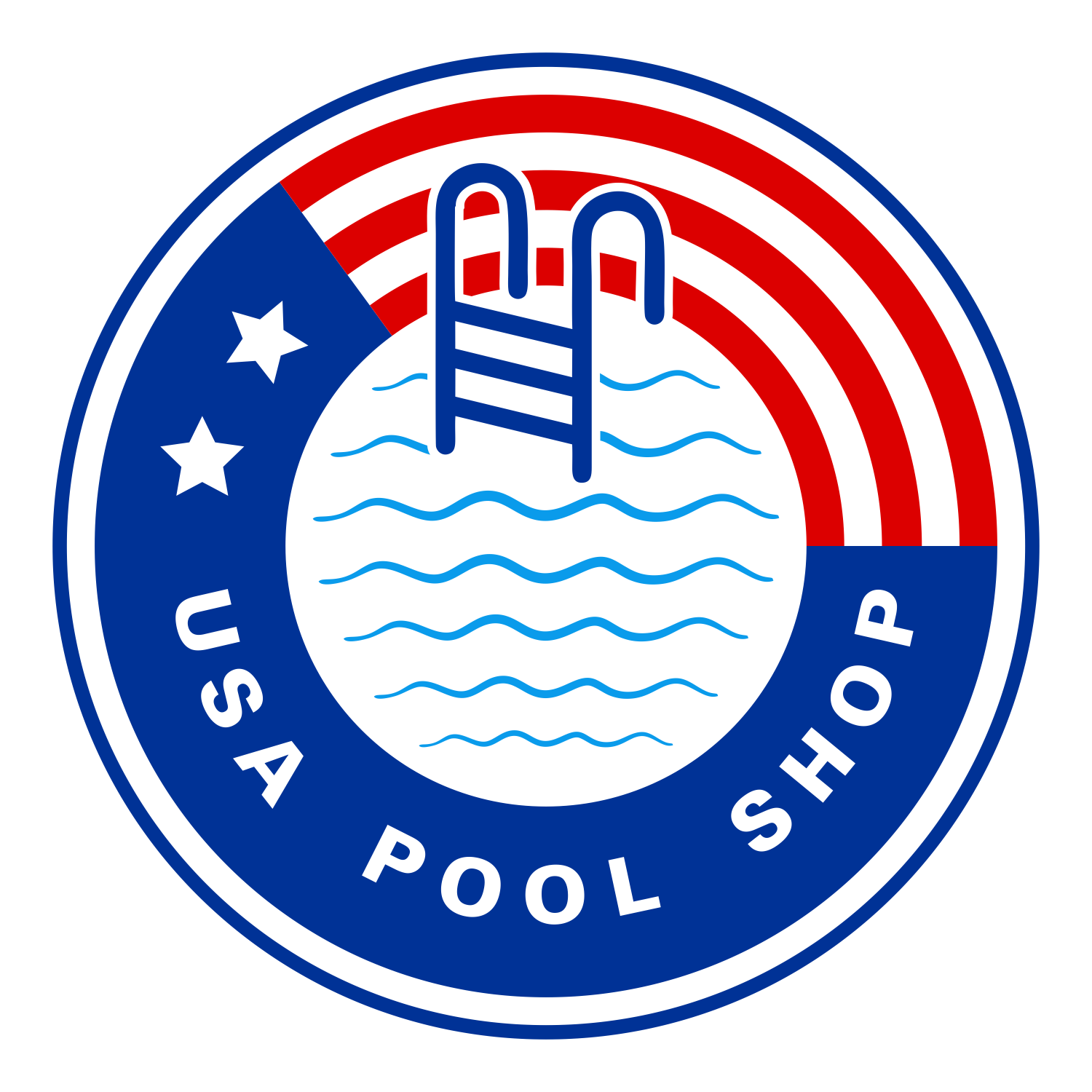
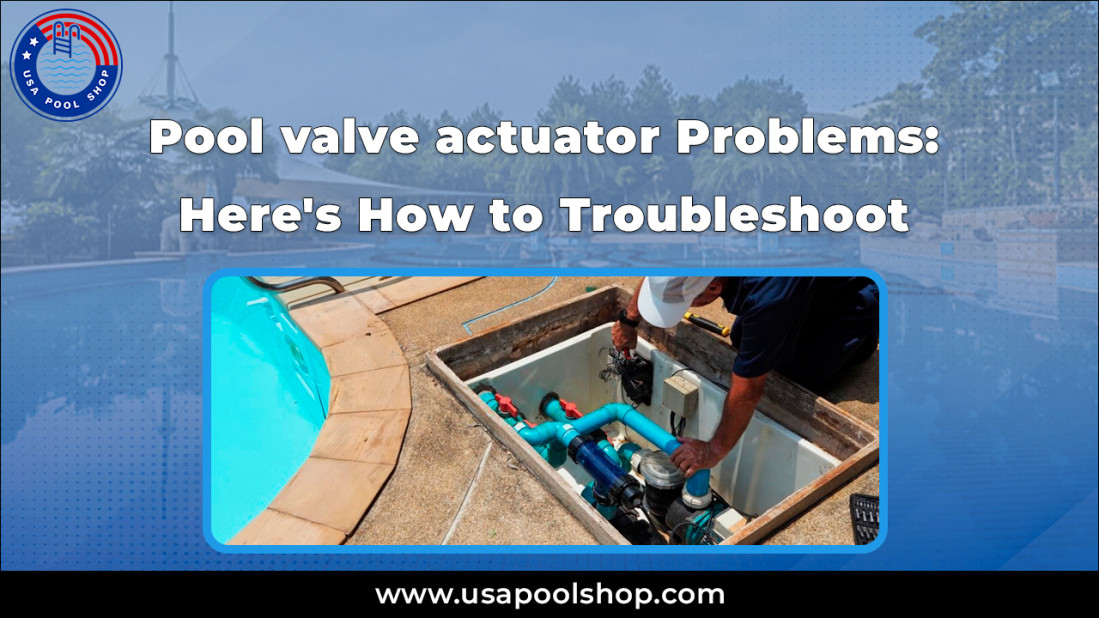
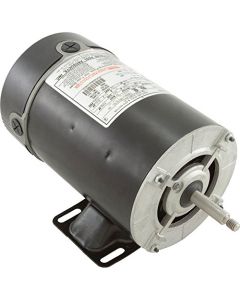
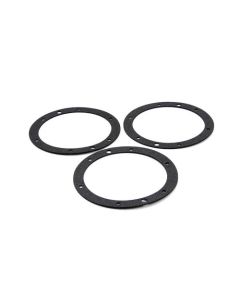
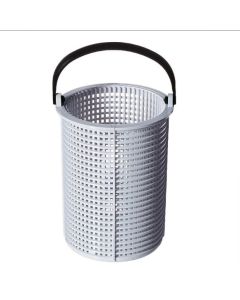
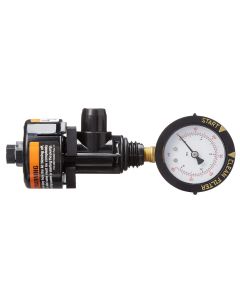
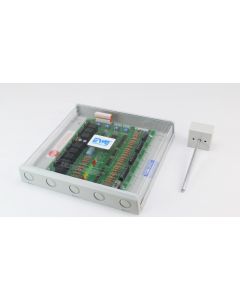


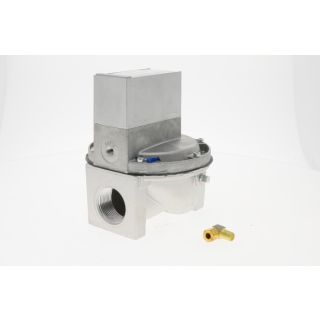
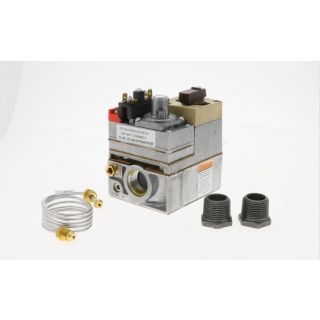
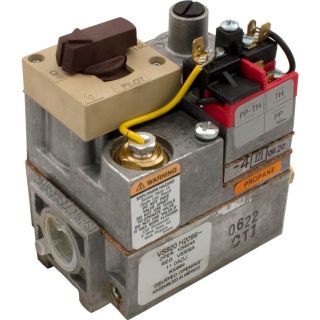
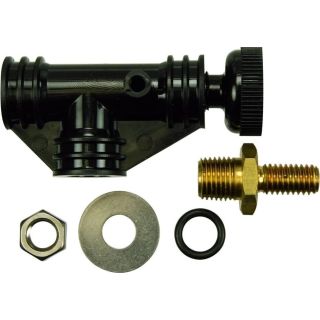


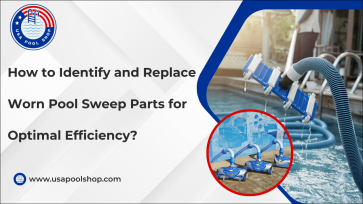
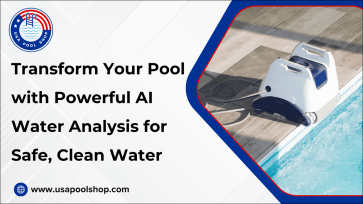
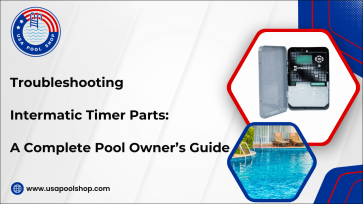
Validate your login